Home>Furniture>Outdoor Furniture>What To Do With Patio Furniture In The Winter


Outdoor Furniture
What To Do With Patio Furniture In The Winter
Modified: October 29, 2024
Discover how to properly care for your outdoor furniture during the winter months. From storage tips to protective covers, ensure your patio furniture stays in great condition and ready for the warmer seasons.
(Many of the links in this article redirect to a specific reviewed product. Your purchase of these products through affiliate links helps to generate commission for Storables.com, at no extra cost. Learn more)
Introduction
As the colder months approach, it’s important to start thinking about how to protect your outdoor furniture from the harsh winter conditions. Winter can be particularly tough on patio furniture, with freezing temperatures, snow, and ice posing a threat to its durability and appearance. Taking the time to properly prepare and winterize your outdoor furniture will help extend its lifespan and ensure that it remains in excellent condition.
In this article, we will discuss various tips and techniques to help you care for your outdoor furniture during the winter season. From cleaning and maintenance to the best storage options, we’ll cover everything you need to know to keep your patio furniture protected throughout the colder months.
Key Takeaways:
- Protect your outdoor furniture in winter by cleaning, drying, and inspecting it before covering or storing. Invest in high-quality covers and consider indoor storage for optimal protection.
- Take special care of cushions and fabrics, and follow specific maintenance tips for different materials to ensure your outdoor furniture remains in excellent condition for years to come.
Cleaning and Maintenance
Before you start preparing your outdoor furniture for winter storage, it’s essential to give it a thorough cleaning. Begin by removing any dirt, leaves, or debris that may have accumulated on the surfaces. Use a soft brush or cloth to gently wipe down the furniture, and if necessary, use a mild soap or detergent to remove any stubborn stains.
Once your outdoor furniture is clean, make sure to dry it completely to prevent any moisture from causing damage. Leave it out in the sun or use a towel to wipe away any excess water.
After cleaning, take the time to inspect your furniture for any signs of wear or damage. Repair any loose screws or joints, tighten bolts, or sand any rough areas. This will ensure that your furniture is in good condition and ready to withstand the winter weather.
In terms of maintenance, it’s important to consider the materials that your patio furniture is made of. Some materials may require specific treatments or coatings to protect them during winter. For example, wooden furniture may benefit from a fresh coat of sealant, while metal furniture may benefit from rust-resistant spray or wax.
Regular maintenance throughout the year, such as cleaning and applying protective coatings, will not only help your furniture withstand winter conditions but also prolong its overall lifespan.
Covers and Storage
Covers play a crucial role in protecting your outdoor furniture during the winter months. Investing in high-quality covers that are specifically designed for your furniture will help shield it from the elements, such as snow, rain, and UV rays.
When selecting covers, ensure they are made from durable, water-resistant materials that can withstand harsh weather conditions. Look for covers that are UV-resistant to prevent fading and deterioration of the furniture’s finish. Additionally, make sure the covers are the correct size and shape to adequately fit your furniture.
Prior to covering your furniture, it’s essential to clean and dry it thoroughly as mentioned in the previous section. This will prevent any dirt or moisture from being trapped under the cover, which can lead to mold or mildew growth.
When storing your furniture, keep in mind that it’s best to store it indoors if possible. Indoor storage provides the optimal protection against winter elements, ensuring that your furniture remains safe and in good condition. If you have sufficient space, consider storing your furniture in a basement, garage, or storage room.
If indoor storage is not an option, you can also opt for outdoor storage solutions such as sheds or storage boxes. These structures provide an additional layer of protection and keep your furniture elevated off the ground, preventing any potential water damage.
When using storage boxes or sheds, remember to arrange your furniture in a way that maximizes space and minimizes the chances of damage. Consider using furniture pads or cushions to separate and cushion different pieces to prevent scratching or rubbing during storage.
Using covers and storing your furniture properly will go a long way in ensuring its longevity, so be sure to take these precautions to keep your outdoor furniture in excellent condition throughout the winter.
Indoor Storage Options
If you have the space available, storing your outdoor furniture indoors is the best way to protect it during the winter months. Indoor storage provides a controlled environment that keeps your furniture safe from extreme temperature fluctuations, moisture, and other external elements that can cause damage.
Here are some indoor storage options to consider:
- Basement: If you have a basement, it can be an ideal location to store your outdoor furniture. It is typically dry and provides protection from harsh weather conditions. Be sure to clean and dry your furniture thoroughly before placing it in the basement and consider adding a moisture-absorbing product to prevent any potential damage.
- Garage or Shed: If you have a garage or shed, these spaces can be excellent for storing your outdoor furniture. Make sure the area is clean and free from any potential leaks or dampness. If necessary, cover your furniture with protective covers or blankets to provide an additional layer of protection.
- Storage Room: If you have access to a storage room or spare room in your house, consider using it to store your outdoor furniture. Make sure the room is clean, dry, and free from any pests that could potentially damage your furniture.
When storing your furniture indoors, it’s important to ensure that it is properly arranged and not stacked or piled on top of each other. This will help prevent any potential damage, such as scratching or warping. If space is limited, consider using furniture pads or cushions to separate and protect the different pieces.
Additionally, consider covering your furniture with breathable fabric or using furniture bags to keep dust and dirt from settling on the surfaces during storage.
Remember to check on your furniture periodically during the winter months to ensure it remains in good condition. If you spot any signs of damage or moisture, address them promptly to prevent further deterioration.
By opting for indoor storage options, you can provide the highest level of protection for your outdoor furniture during the winter season, ensuring its longevity and preserving its overall quality.
Outdoor Storage Options
If indoor storage is not feasible for your outdoor furniture, there are still outdoor storage options available to help protect your furniture during the winter months. While outdoor storage may not provide the same level of protection as indoor storage, it can still offer some degree of shelter from the elements.
Here are some outdoor storage options to consider:
- Covered Patio: If you have a covered patio or porch, it can provide some protection for your furniture. Make sure to position your furniture in a way that minimizes exposure to rain or snow. Consider using furniture covers in addition to the overhead covering for extra protection.
- Shed or Storage Box: Investing in a shed or storage box designed for outdoor use can provide a secure storage solution. Look for options that are weather-resistant and have proper ventilation to prevent mold or mildew growth. Ensure that the shed or storage box is properly sealed to keep out moisture and pests.
- Furniture Covers: If you don’t have access to a shed or storage box, using high-quality, weather-resistant furniture covers is crucial. These covers are designed to protect your furniture from rain, snow, and other outdoor elements. Make sure to securely fasten the covers to prevent them from blowing off in strong winds.
- Tarp or Tarpaulin: In the absence of dedicated furniture covers, using a heavy-duty tarp or tarpaulin can provide temporary protection. Ensure that the tarp is tightly secured and covers the furniture completely, keeping it dry and shielded from the elements.
When utilizing outdoor storage options, it’s important to note that no solution is foolproof, and your furniture may still be exposed to some amount of moisture or extreme temperatures. Therefore, it’s crucial to perform regular checks on your furniture and address any issues promptly to prevent further damage.
Remember, outdoor storage is a compromise, and the level of protection provided will depend on various factors such as the quality of the covers and the effectiveness of the storage solution. However, by taking these precautions, you can minimize the potential damage and extend the lifespan of your outdoor furniture.
Read more: What To Look For In Patio Furniture
Protecting Cushions and Fabrics
When it comes to outdoor furniture, cushions and fabrics are particularly vulnerable to damage during the winter months. Snow, moisture, and freezing temperatures can lead to mold, mildew, and fabric deterioration. To protect your cushions and fabrics, follow these essential steps:
- Clean and Dry: Before storing your cushions and fabric covers, ensure they are thoroughly cleaned and dry. Check the manufacturer’s instructions for specific cleaning recommendations. Remove any dirt or stains using a mild detergent and water solution, or follow the care instructions provided by the manufacturer.
- Remove and Store Indoors: If possible, remove the cushions and fabric covers from the furniture and store them indoors for the winter. This will ensure they are protected from extreme temperatures and moisture. Store them in a clean and dry area, such as a storage room or basement. If space is limited, consider utilizing vacuum-sealed storage bags to minimize the storage footprint.
- Wrap in Plastic: If you cannot store the cushions indoors, wrap them tightly in plastic or use plastic storage bins to keep them protected from moisture and pests. Ensure that the wrapping is secured to prevent any water or debris from getting inside.
- Use Furniture Covers: If you must leave the cushions and fabrics outdoors, invest in high-quality weather-resistant furniture covers. These covers will provide an additional layer of protection against snow, rain, and UV rays. Ensure the covers fit properly and are securely fastened to the furniture.
- Consider Waterproofing: For added protection, you can apply a fabric protector or water repellent spray to the cushions and fabric covers. This will help to repel water and prevent moisture from seeping into the fabric. Always follow the manufacturer’s instructions when using fabric waterproofing products.
Regular maintenance is crucial for keeping your cushions and fabric covers in good condition. During the winter months, periodically check the stored cushions for any signs of mold or mildew. If you notice any growth, treat it promptly using a mildew remover and thoroughly dry the cushions before returning them to storage.
By following these steps and taking proper care of your cushions and fabrics, you can ensure that they remain protected and ready for use when the warmer weather returns.
Winterizing Wooden Furniture
Wooden furniture adds a natural and rustic charm to outdoor spaces, but it requires special care during the winter months to protect it from the cold, damp conditions. To winterize your wooden furniture, follow these essential steps:
- Clean and Dry: Before winter arrives, thoroughly clean your wooden furniture to remove any dirt, dust, or debris. Use a mild detergent and water solution or specially formulated wood cleaner, following the manufacturer’s instructions. Once clean, allow the furniture to dry completely.
- Apply Protective Sealant: Apply a fresh coat of sealant to the wooden furniture to protect it from moisture, temperature changes, and pests. Choose a quality wood sealant or protective finish that is specifically designed for outdoor use. Follow the manufacturer’s instructions for application and drying time.
- Store Indoors: Whenever possible, store wooden furniture indoors during the winter months. This will provide the best protection against harsh weather conditions. Choose a dry and well-ventilated area such as a basement or garage. Ensure the furniture is elevated off the ground to prevent any moisture damage.
- Use Furniture Covers: If storing indoors is not an option, use weather-resistant furniture covers to protect the wooden furniture. Look for covers made from breathable material that can withstand the winter elements and provide adequate airflow. Ensure the covers fit properly and are securely fastened to prevent wind from blowing them off.
- Maintain Proper Ventilation: If you must cover your wooden furniture, make sure there is enough ventilation to reduce the risk of condensation that can lead to mold or mildew growth. Avoid using plastic covers that can trap moisture. Instead, opt for breathable covers or use breathable tarps that allow air circulation.
- Keep Furniture Elevated: Whether storing indoors or using covers outdoors, it’s important to keep wooden furniture elevated off the ground. This helps to prevent moisture absorption and potential damage from snow or pooled water. Use furniture pads or blocks to lift the furniture slightly off the ground.
- Inspect and Repair: Before and after winter, inspect your wooden furniture for any signs of wear, damage, or decay. Look for cracks, splinters, or loose joints. Address any issues promptly by sanding, repairing, or applying touch-up paint or sealant as needed.
Proper winterization and maintenance of your wooden furniture will help preserve its beauty and extend its lifespan. By investing time and effort into protecting and caring for your wooden furniture, you can ensure it remains in excellent condition for many seasons to come.
Protecting Metal Furniture
Metal furniture is known for its durability and resilience, but it still requires protection from the harsh winter conditions to prevent rust and corrosion. To protect your metal furniture during the winter months, consider the following steps:
- Clean and Remove Dirt: Before winterizing your metal furniture, give it a thorough cleaning to remove any dirt, grime, or residue. Use a mild soap and water solution, and scrub gently with a soft brush. Rinse thoroughly and allow the furniture to dry completely.
- Apply a Protective Coating: Once the furniture is clean and dry, apply a protective coating to prevent rust and corrosion. There are various options available, such as metal paint, clear sealant, or wax specifically designed for outdoor metal surfaces. Follow the manufacturer’s instructions for application and drying time.
- Disassemble if Possible: If your metal furniture is comprised of multiple pieces, consider disassembling it for storage. This makes it easier to clean, apply protective coatings, and store the pieces. Keep track of the hardware, and store it in a secure bag or container.
- Use Furniture Covers: If storing indoors is not possible, use weather-resistant furniture covers to protect your metal furniture. Look for covers made from waterproof and breathable material. Ensure the covers fit properly and are securely fastened to prevent wind from blowing them off.
- Keep Furniture Elevated: Whether storing indoors or using covers outdoors, make sure your metal furniture is elevated off the ground. This prevents contact with standing water or snow, which can cause rusting. Use furniture pads or blocks to lift the furniture slightly off the ground.
- Maintain Ventilation: If you use covers to protect your metal furniture, ensure there is proper ventilation to prevent condensation buildup. This can be achieved by using breathable covers or leaving small openings in the covers to allow airflow. Avoid using plastic covers that can trap moisture.
- Regularly Inspect and Clean: Throughout the winter, periodically inspect your metal furniture for any signs of damage, rust, or corrosion. If you notice any issues, address them promptly by cleaning the affected area, removing rust, and applying touch-up paint or protective coating if necessary.
Properly winterizing and protecting your metal furniture will help maintain its appearance and extend its lifespan. By taking preventative measures and providing the necessary care, you can ensure that your metal furniture remains in excellent condition for years to come.
Protecting Wicker and Rattan Furniture
Wicker and rattan furniture add a touch of elegance and natural beauty to outdoor spaces. To ensure these materials stay in optimal condition during the winter months, it’s important to take appropriate measures to protect them. Here are some tips for protecting your wicker and rattan furniture:
- Clean Thoroughly: Before winterizing your wicker or rattan furniture, clean it thoroughly to remove any dirt, dust, or debris. Use a soft brush or vacuum to remove loose particles, then wipe down the furniture with a damp cloth. Remove any stains or spills by using a mild detergent mixed with water.
- Dry Completely: After cleaning, make sure the furniture is completely dry before storing or covering it. Excess moisture can cause mold or mildew growth, which can damage the material. Leave the furniture outside on a sunny day or use a fan to speed up the drying process.
- Apply a Protective Coat: Wicker and rattan furniture can benefit from a protective coat to shield it from moisture. Use a clear varnish or sealant and apply it evenly to the furniture following the manufacturer’s instructions. This protective layer will help prevent water penetration and minimize the risk of damage.
- Indoor Storage: If possible, store your wicker or rattan furniture indoors during the winter months. Find a dry and well-ventilated space, such as a basement or garage, to protect it from extreme temperature changes and moisture. Ensure the furniture is elevated off the ground to avoid contact with any potential water leaks.
- Outdoor Storage with Covers: If indoor storage is not an option, protect your wicker or rattan furniture with weather-resistant covers designed for this type of furniture. Ensure the covers fit properly and are secured tightly to prevent them from blowing off during strong winds.
- Keep Elevated and Ventilated: When storing your furniture, whether indoors or outdoors, it’s important to keep it elevated off the ground to prevent potential moisture damage. Use furniture pads or blocks to lift the furniture slightly. Additionally, ensure there is adequate ventilation to prevent the growth of mold or mildew.
- Periodic Inspections: Throughout the winter, periodically check your wicker or rattan furniture for any signs of damage or mold. If you notice any issues, address them promptly by cleaning the affected area or applying touch-up paint or sealant as needed.
By following these steps, you can protect your wicker and rattan furniture from the winter elements and extend its lifespan. With proper care, your furniture will continue to bring beauty and charm to your outdoor space for seasons to come.
Store patio furniture in a dry, covered area or use furniture covers to protect it from winter weather. Clean and dry the furniture before storing to prevent mold and mildew.
Read more: What Size Patio Furniture Cover Do I Need
Dealing with Snow and Ice
Snow and ice can pose unique challenges to outdoor furniture during the winter months. The weight of snow and the freezing temperatures can cause damage or deformation to the furniture. Here are some tips on how to deal with snow and ice to protect your outdoor furniture:
- Clear Snow Immediately: As soon as snowfall subsides, remove the snow from your outdoor furniture promptly. Use a soft brush or broom to gently sweep off the snow from the surfaces. This prevents excess weight from accumulating and minimizes the risk of damage to the furniture.
- Protect from Snow Shoveling: When shoveling snow from your pathways or driveways, take care to avoid hitting or scraping your outdoor furniture. Use caution to prevent accidentally damaging the furniture or causing scratches.
- Use Furniture Covers: Investing in quality furniture covers is essential to protect your furniture from snow and ice. Ensure that the covers fit properly and securely and are capable of withstanding winter weather conditions. Regularly remove any accumulated snow from the covers to avoid excess weight and moisture buildup.
- Keep Furniture Elevated: Elevate your outdoor furniture off the ground to prevent it from sitting in pooled water or snow. Use furniture pads or blocks to lift the furniture slightly off the ground, reducing the risk of moisture damage and freezing.
- Avoid Using Chemical Deicers: Chemical deicers, such as salt or ice melt products, can be harmful to outdoor furniture. These products can cause discoloration or corrode metal surfaces. Try to use alternatives like sand or kitty litter for traction instead.
- Shelter from Ice Buildup: If possible, move your furniture to a covered area or near a building to provide some protection against ice buildup. This will help prevent ice from forming on the surfaces, reducing the risk of damage.
- Clear Ice Carefully: If ice forms on your furniture, use caution when removing it. Avoid using sharp objects that can scratch or damage the surfaces. Instead, use gentle methods like warm water or a plastic scraper to carefully remove the ice.
- Regular Inspections: Throughout the winter, inspect your furniture regularly for any signs of damage caused by snow or ice. Address any issues promptly to prevent further deterioration.
By following these steps, you can minimize the impact of snow and ice on your outdoor furniture, ensuring that it remains in good condition throughout the winter season.
Maintenance Tips for Different Materials
Outdoor furniture comes in a variety of materials, each with its own specific maintenance requirements. Here are some maintenance tips for different types of outdoor furniture materials:
Wood:
- Regularly clean your wooden furniture using a mild detergent and water solution.
- Apply a fresh coat of sealant or protective finish annually to protect the wood from moisture and UV damage.
- Inspect wooden furniture for any signs of wear or damage. Address any issues promptly with sanding, repairing, or applying touch-up paint or sealant.
- Avoid placing hot objects directly on wooden surfaces to prevent damage.
Metal:
- Clean metal furniture regularly using a mild detergent and water solution. Avoid using abrasive cleaners that may scratch the surface.
- Apply a protective coating of wax or paint to prevent rust and corrosion.
- Inspect metal furniture for signs of rust or damage. Remove any rust spots gently with sandpaper and touch up with paint or protective coating.
- Store metal furniture indoors or use weather-resistant covers to protect it from the elements.
Read more: What Is Balcony Height Patio Furniture
Wicker and Rattan:
- Clean wicker and rattan furniture regularly with a soft brush or vacuum to remove dirt and dust.
- Avoid excessive moisture, as it can cause the material to rot. Wipe down furniture with a damp cloth and allow it to dry thoroughly.
- Protect wicker and rattan furniture from direct sunlight to prevent fading and deterioration. Use shades or furniture covers when necessary.
- Inspect for any loose strands or damaged sections and repair them promptly to prevent further damage.
Plastic/Resin:
- Clean plastic/resin furniture with a mild detergent and water solution. Avoid using abrasive cleaners that might scratch the surface.
- Rinse thoroughly to remove any soap residue and dry the furniture completely.
- Store plastic/resin furniture indoors or use weather-resistant covers to protect it from fading and discoloration caused by UV rays.
- Inspect for any cracks or damage and address them promptly to prevent further deterioration.
Cushions and Fabrics:
- Regularly clean cushions and fabric covers following the manufacturer’s instructions.
- Store cushions indoors during the winter or use protective covers designed for outdoor use.
- Use fabric waterproofing treatments to protect cushions from moisture and stains.
- Check cushions for mold or mildew growth and treat them promptly with a mildew remover.
By following these maintenance tips specific to each material, you can ensure that your outdoor furniture remains in excellent condition and provides many seasons of enjoyment.
Conclusion
As the winter season approaches, it’s crucial to take proactive steps to protect your outdoor furniture from the harsh elements. By following the tips and techniques outlined in this article, you can ensure that your patio furniture remains in excellent condition and ready to be enjoyed for years to come.
Cleaning and maintaining your outdoor furniture is the first step in winterizing. Thoroughly clean and dry your furniture before covering or storing it. This will prevent dirt, grime, and moisture from causing damage during the winter months. Inspect your furniture for any signs of wear or damage, addressing them promptly to avoid further deterioration.
Investing in high-quality covers designed for your specific furniture is essential. These covers will shield your furniture from snow, rain, and harmful UV rays. Ensure the covers fit properly and securely fasten them to prevent wind from blowing them off.
If possible, store your furniture indoors during the winter. Indoor storage provides the highest level of protection against extreme temperature changes, moisture, and other elements. Basements, garages, or storage rooms are ideal locations for indoor furniture storage.
If indoor storage is not feasible, utilize outdoor storage options such as sheds or storage boxes. These structures provide an additional layer of protection, keeping your furniture elevated off the ground and shielded from the elements. Alternatively, use weather-resistant covers and ensure the furniture is properly elevated and ventilated.
Pay special attention to protecting the cushions and fabrics of your outdoor furniture. Clean and dry them thoroughly before storage, store indoors if possible, or use waterproof covers to prevent moisture and mold growth.
Lastly, be sure to follow specific maintenance tips for each material type. From wood to metal, wicker to plastic, each type of furniture requires unique care. By regularly cleaning, applying protective coatings, and addressing any issues promptly, you can prolong the lifespan and beauty of your outdoor furniture.
Remember, the key to winterizing your outdoor furniture is preparation, maintenance, and protection. By following these guidelines, you can ensure that your outdoor furniture survives the winter months and emerges ready for use when the warmer weather returns.
So, take the time to care for your outdoor furniture now, and it will reward you with many more seasons of enjoyment and relaxation in your outdoor oasis.
Frequently Asked Questions about What To Do With Patio Furniture In The Winter
Was this page helpful?
At Storables.com, we guarantee accurate and reliable information. Our content, validated by Expert Board Contributors, is crafted following stringent Editorial Policies. We're committed to providing you with well-researched, expert-backed insights for all your informational needs.
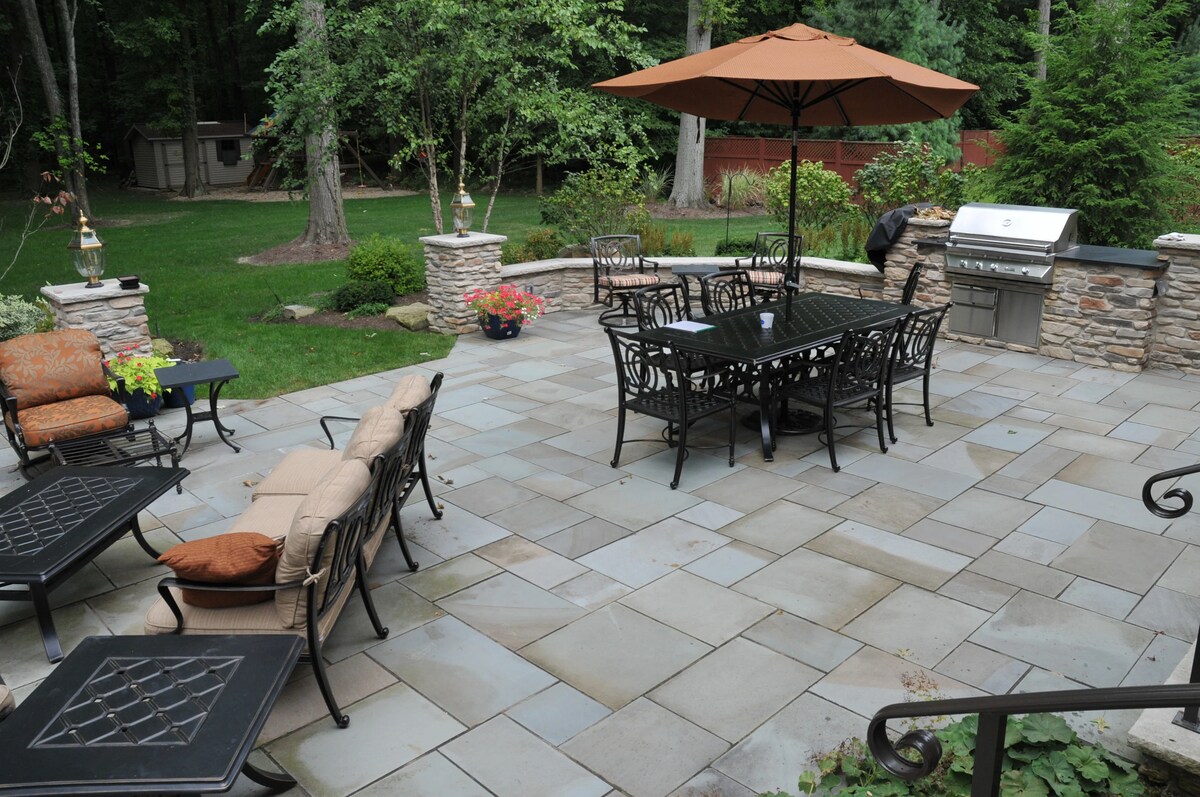
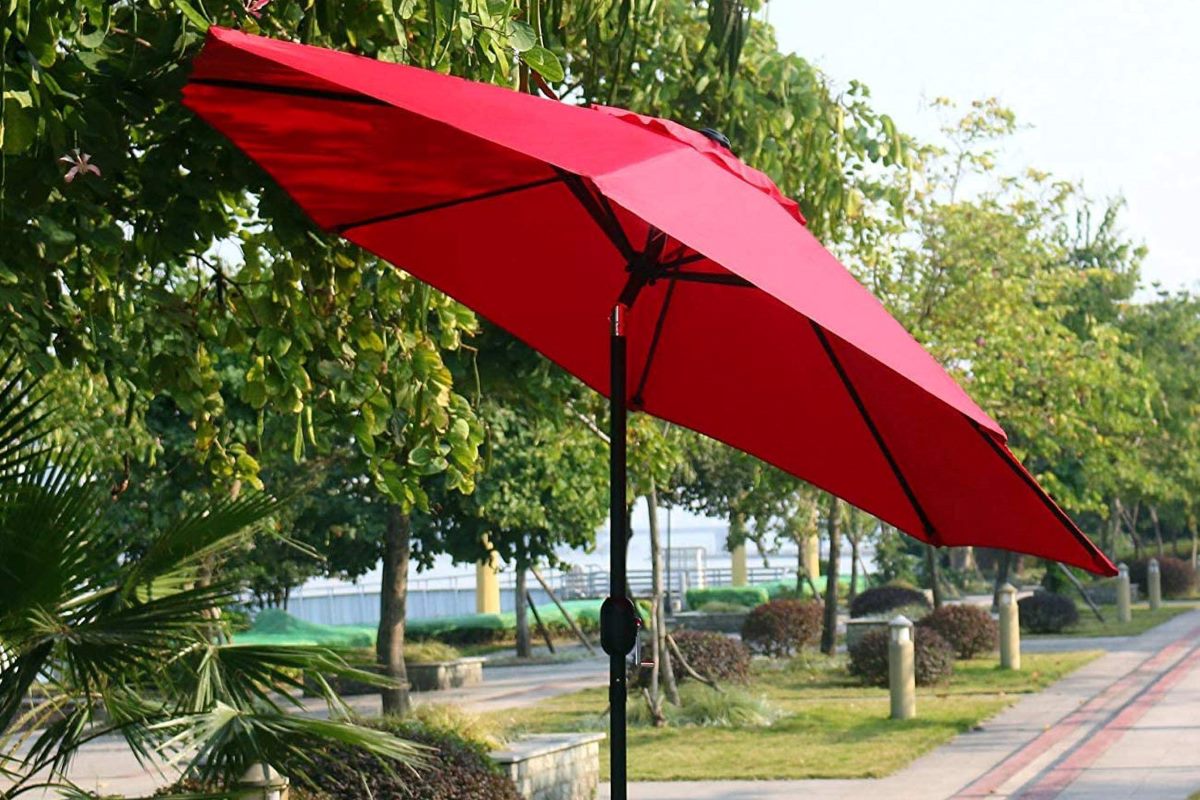
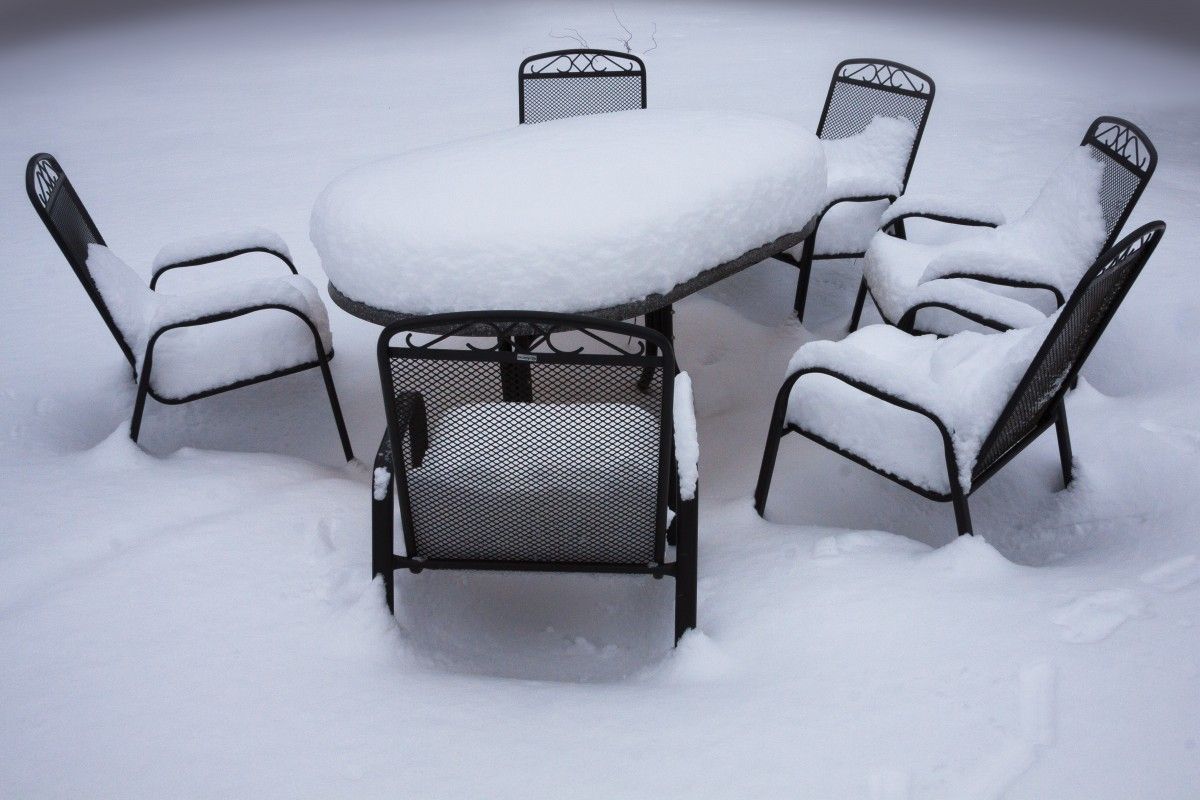

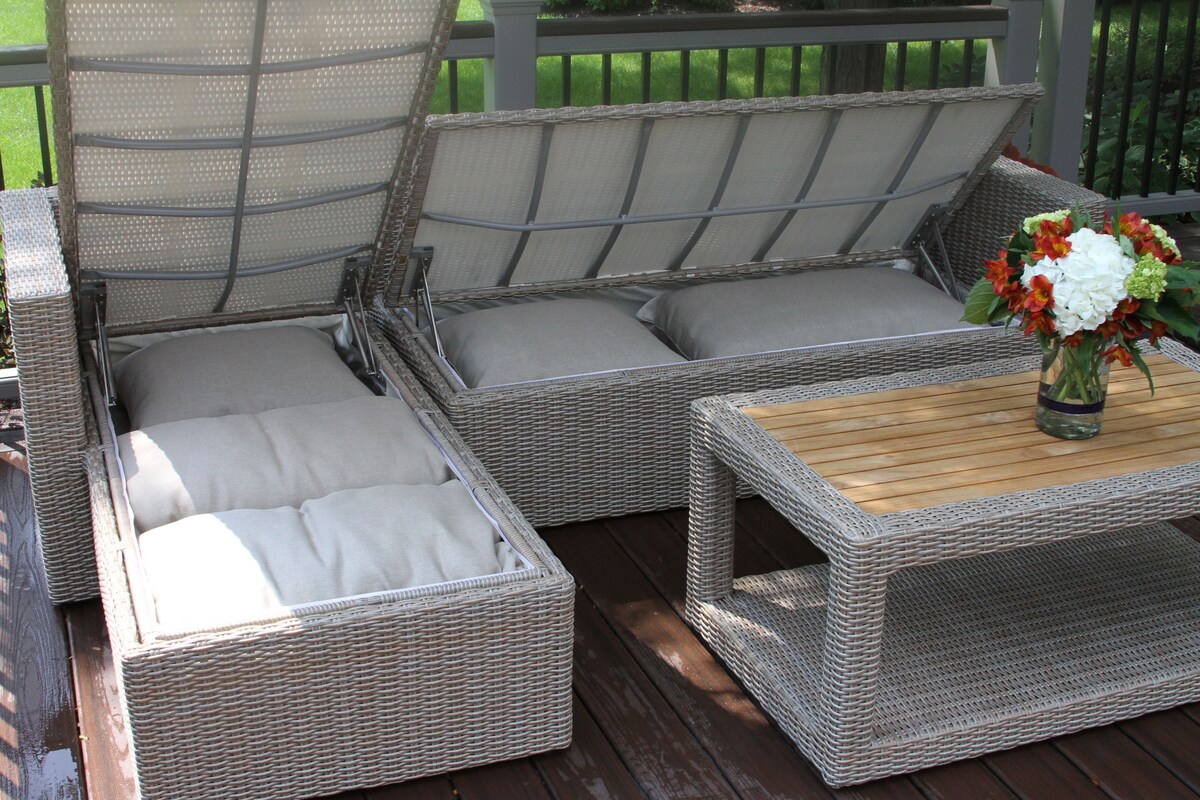
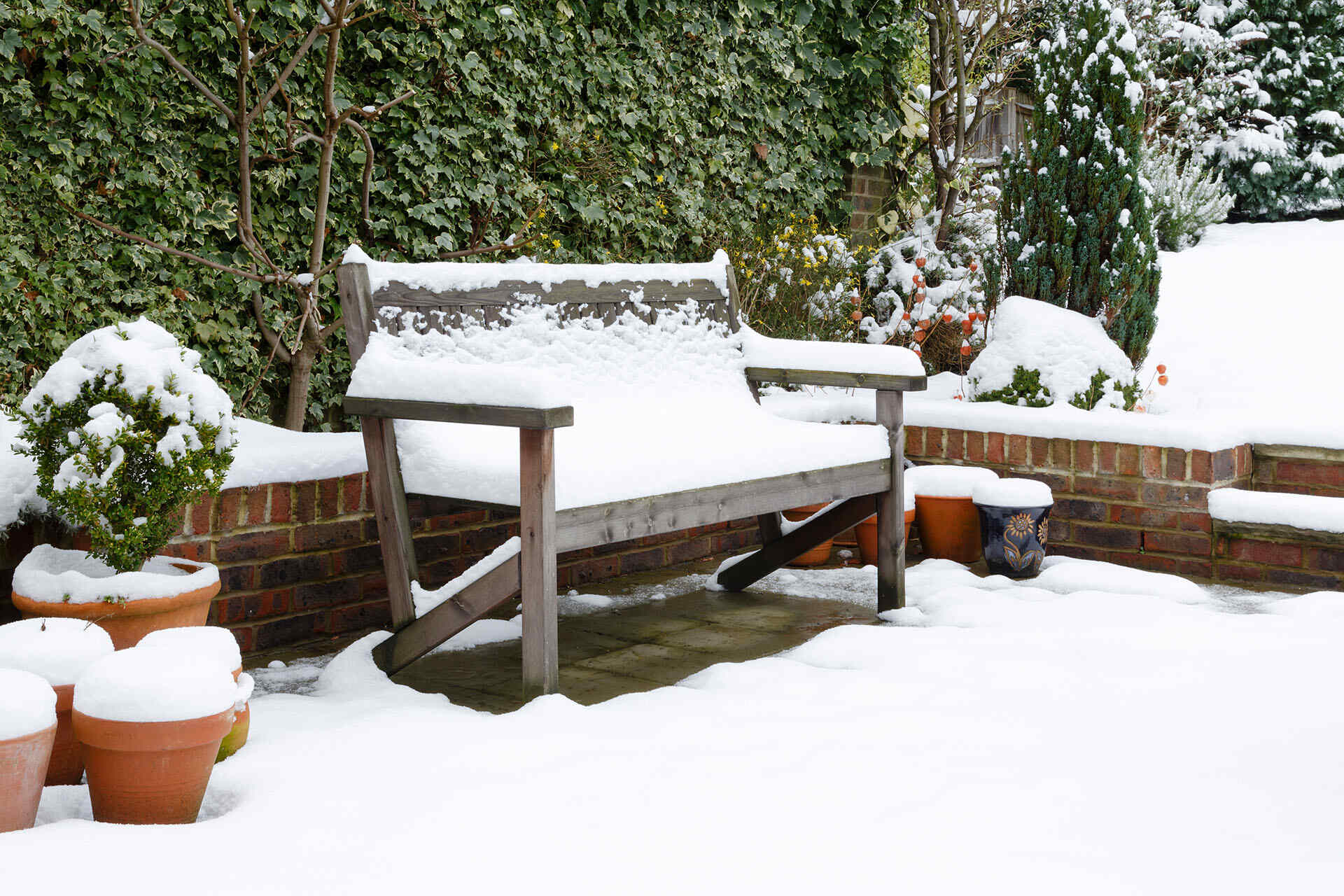
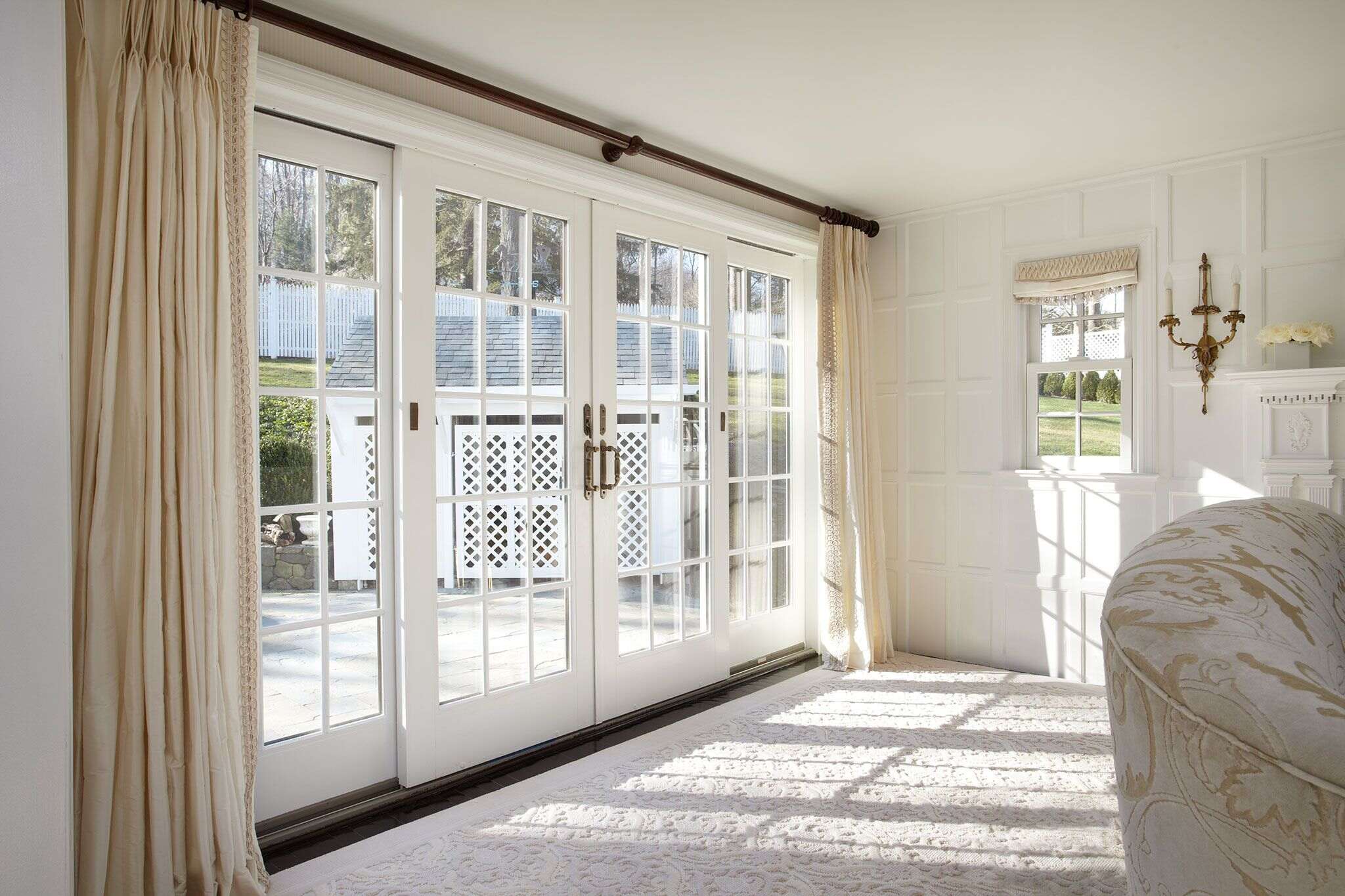
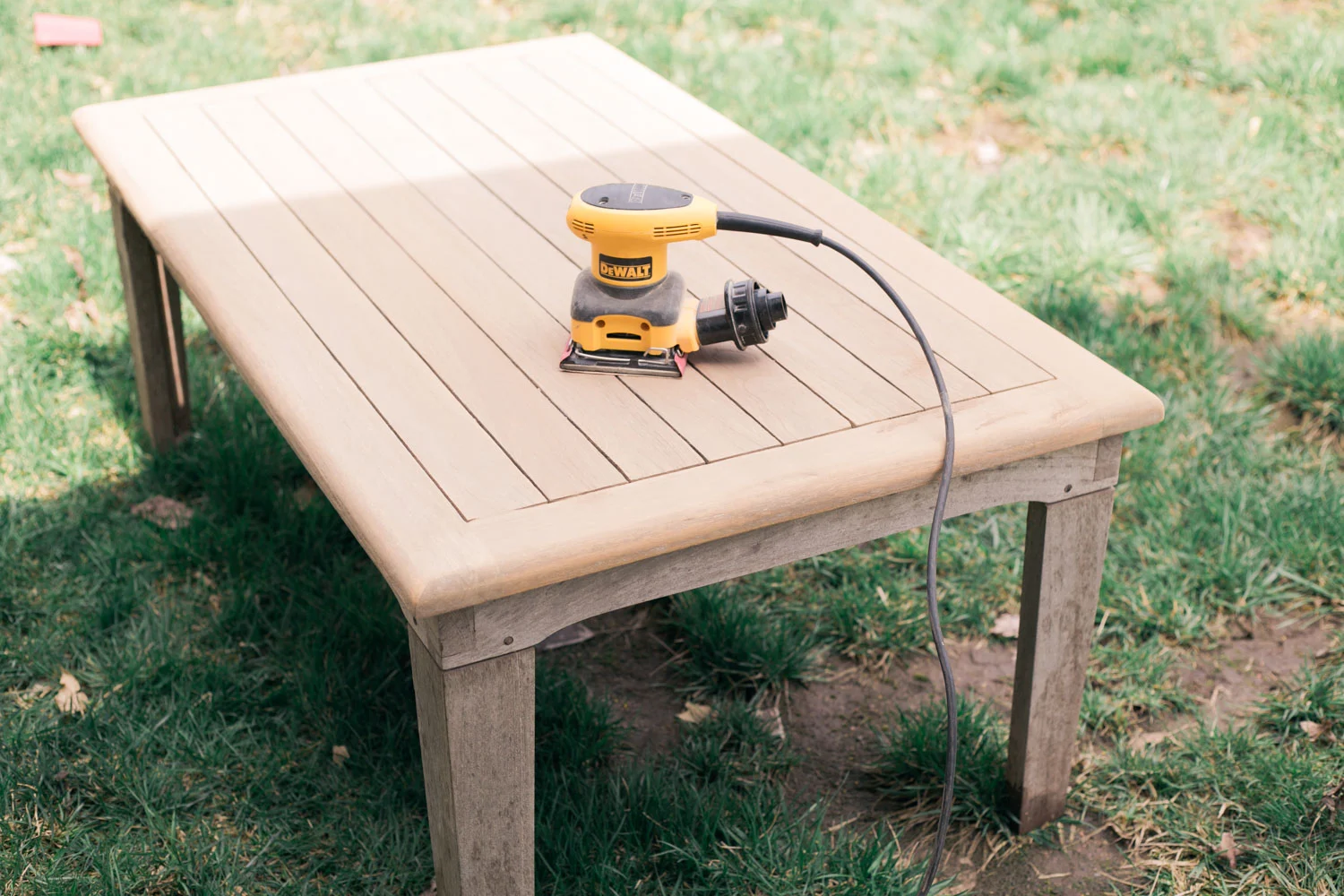
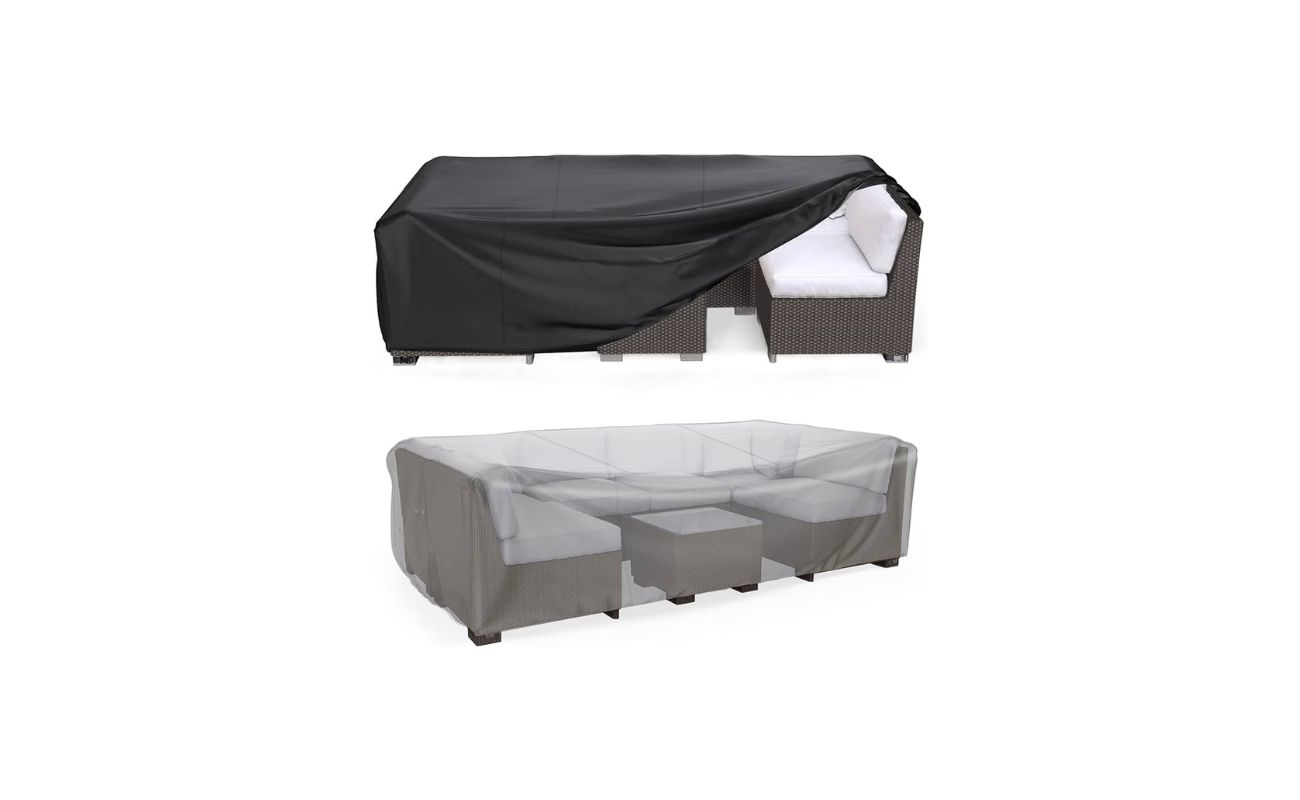
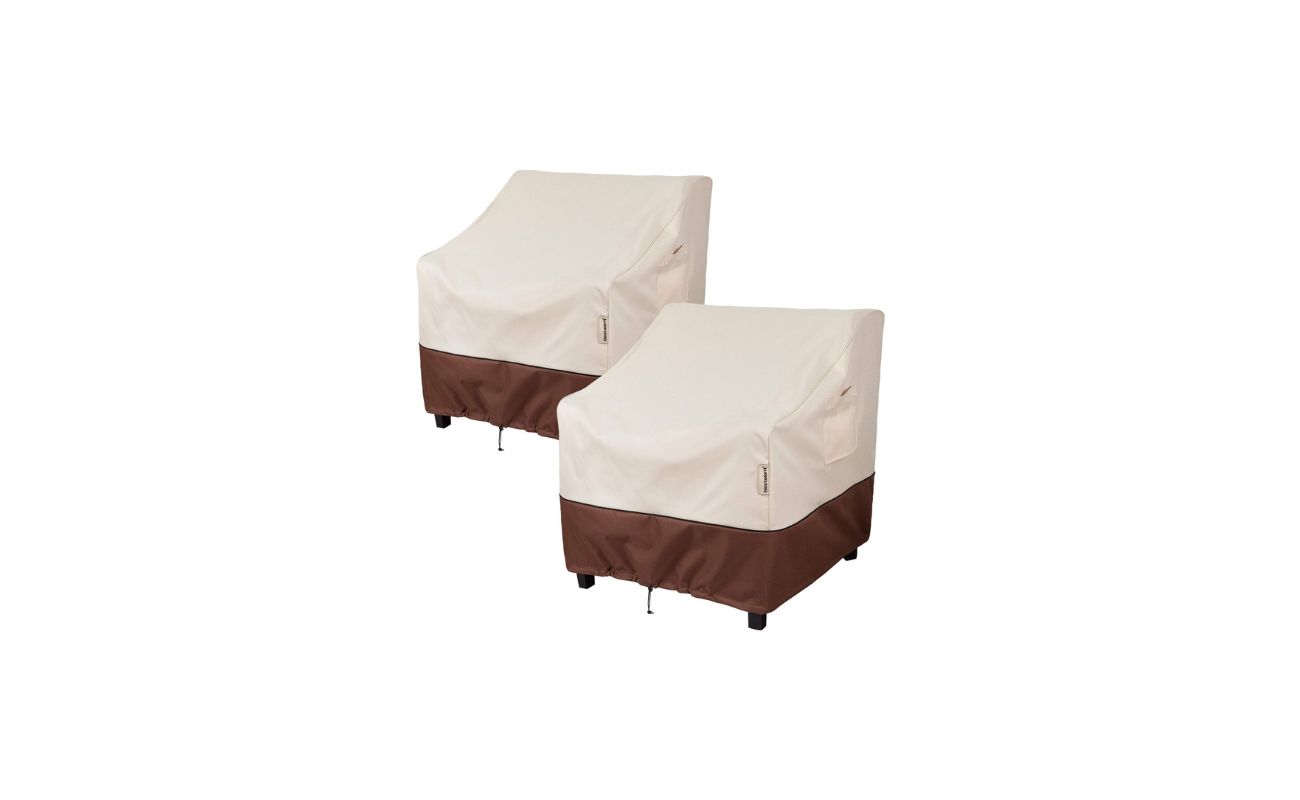
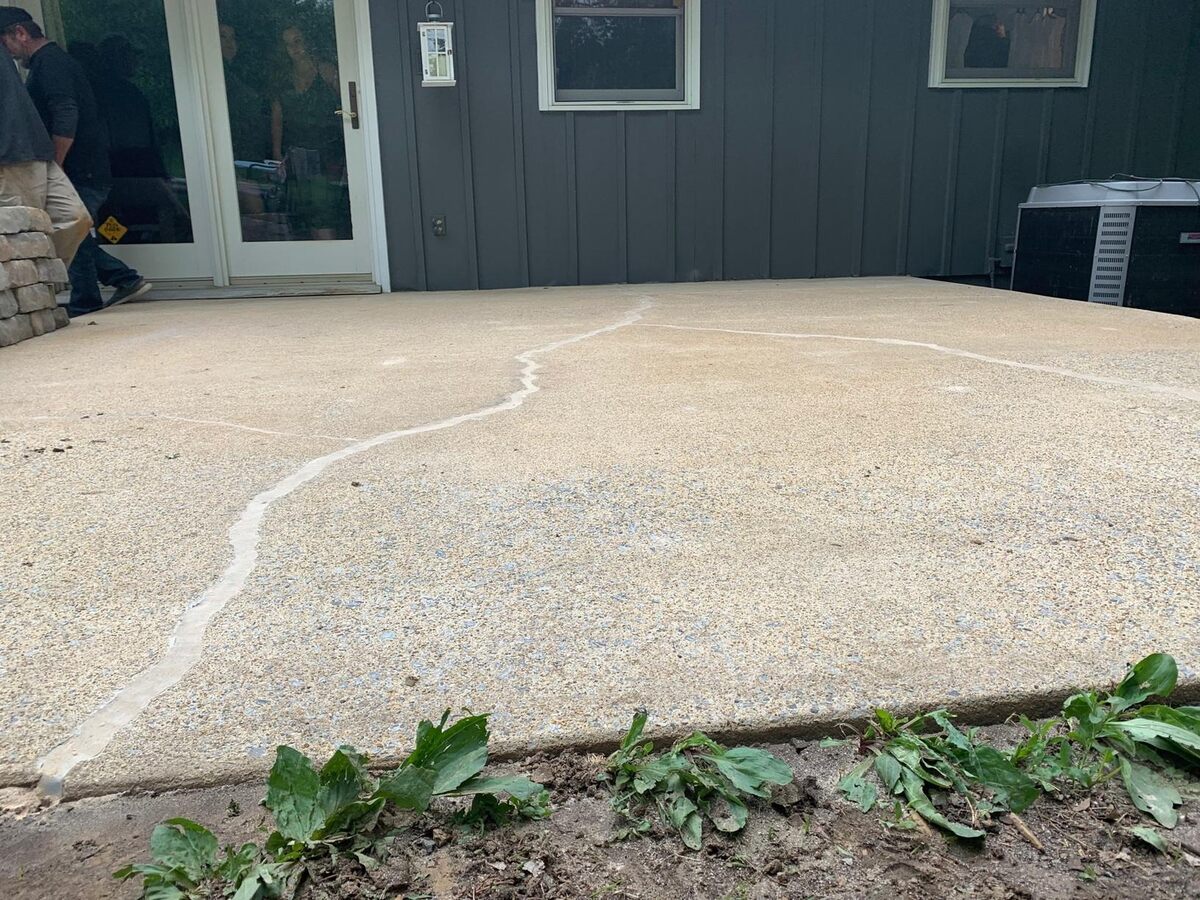
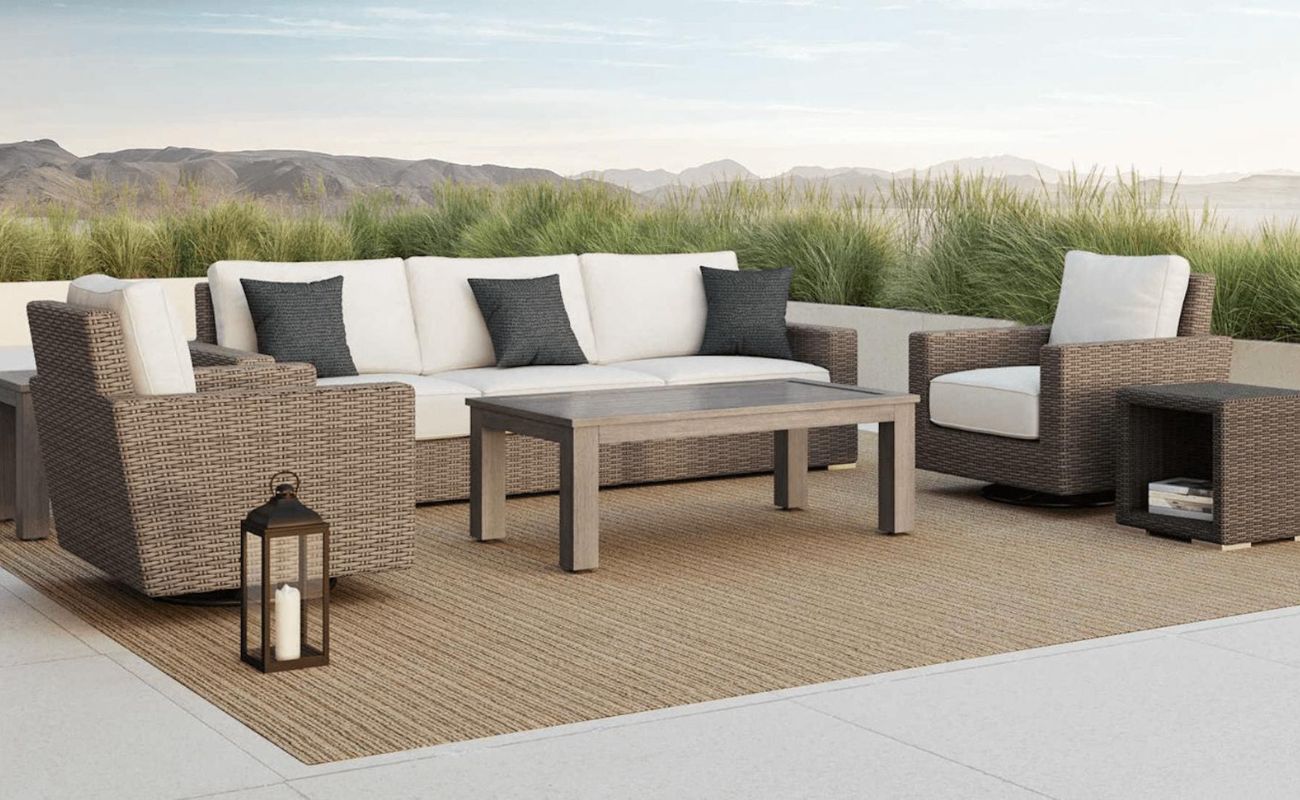

0 thoughts on “What To Do With Patio Furniture In The Winter”